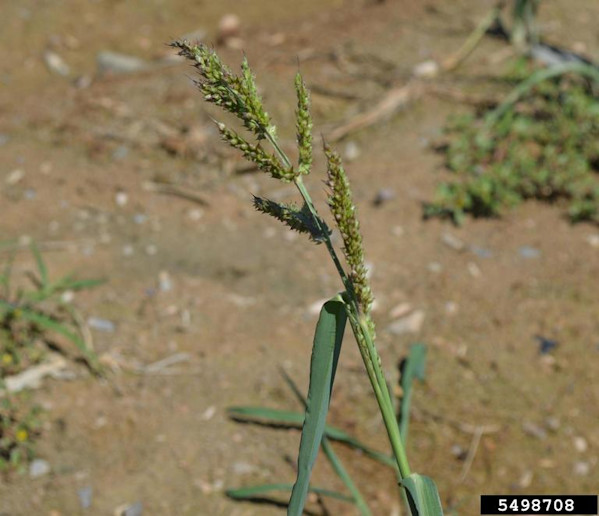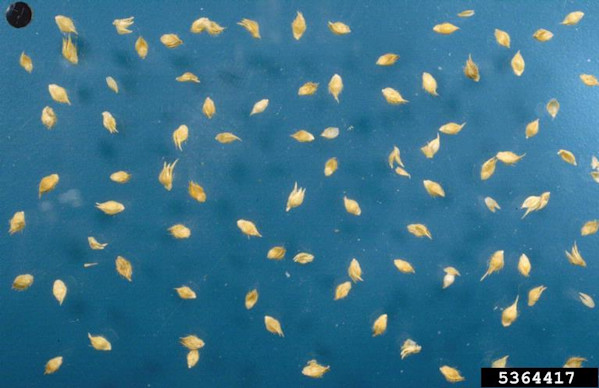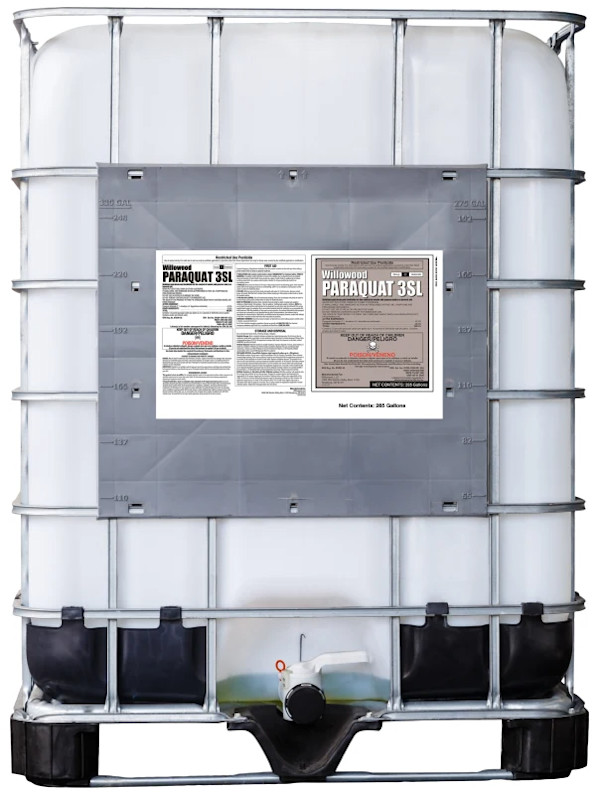How to Identify Barnyardgrass
Identifying barnyardgrass (Echinochloa crus-galli) is crucial for effective management. Here are specific and detailed characteristics to help farmers recognize this invasive weed:
Seedlings:
The first leaves are linear to lance-shaped and smooth, typically about 1-2 cm long.
The stem below the first leaves is often green and smooth.
Leaves:
Shape: Barnyardgrass leaves are long, narrow, and linear, with a prominent midrib.
Texture: The leaves are smooth and hairless, with a glossy appearance.
Color: They are typically bright green.
Stems:
Height: Barnyardgrass can grow up to 5 feet tall.
Texture: The stems are smooth, erect, and often branched at the base.
Color: Stems are green but may have a reddish or purplish tinge.
Seed Head:
Appearance: The seed head is a dense, branched panicle that can be up to 12 inches long.
Color: The panicle is green to purplish, with a rough texture.
Spikelets: The spikelets are flattened and arranged in clusters along the branches of the panicle.
Seeds:
Shape: The seeds are small, oval, and flattened.
Color: They are typically brown to black.
Size: Each seed is about 2-3 mm long.
Roots:
Type: Barnyardgrass has a fibrous root system.
Depth: The roots can penetrate deeply into the soil, making mature plants difficult to pull out.
Growth Habit:
Habitat: Barnyardgrass thrives in disturbed soils, such as agricultural fields, roadsides, and waste areas. It is particularly common in wet or irrigated areas.
Lifecycle: It is an annual plant, completing its lifecycle in one growing season.
Key Identifying Features:
Lack of Ligule: The absence of a true ligule and the presence of a fringe of hairs at the leaf base are distinctive features.
Dense Panicle: The dense, branched panicle with rough-textured spikelets is a key identifying characteristic.
Smooth, Glossy Leaves: The smooth, hairless leaves with a prominent midrib and glossy appearance are also indicative of barnyardgrass.
By closely examining these characteristics, farmers can accurately identify barnyardgrass and implement appropriate control measures.
Photo Credit: Howard F. Schwartz, Colorado State University, Bugwood.org




